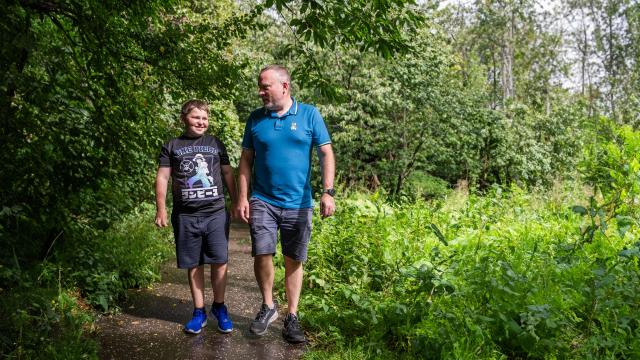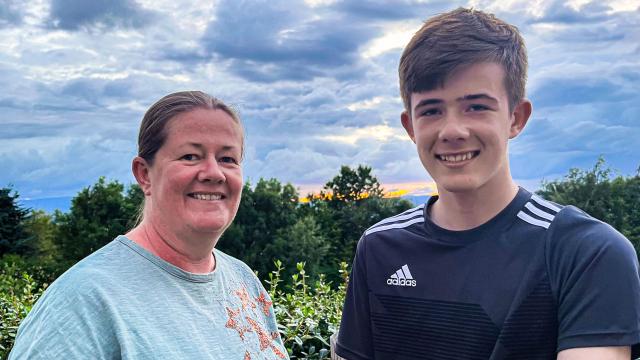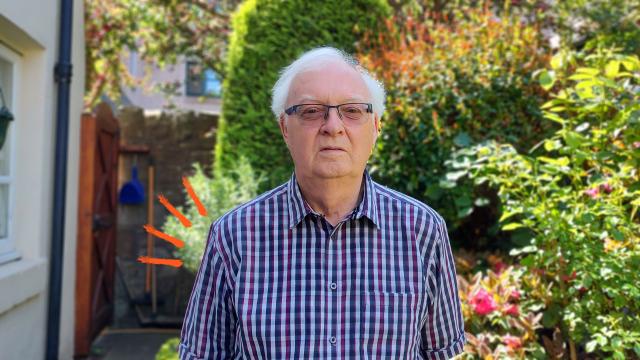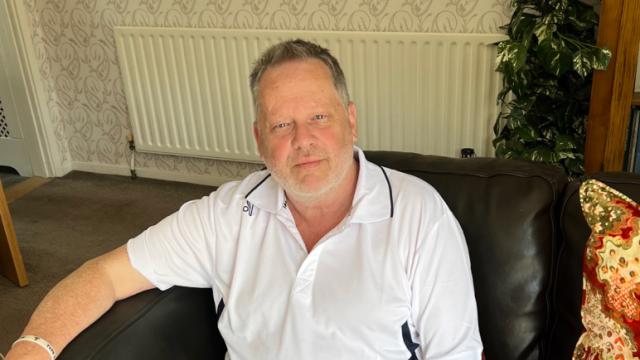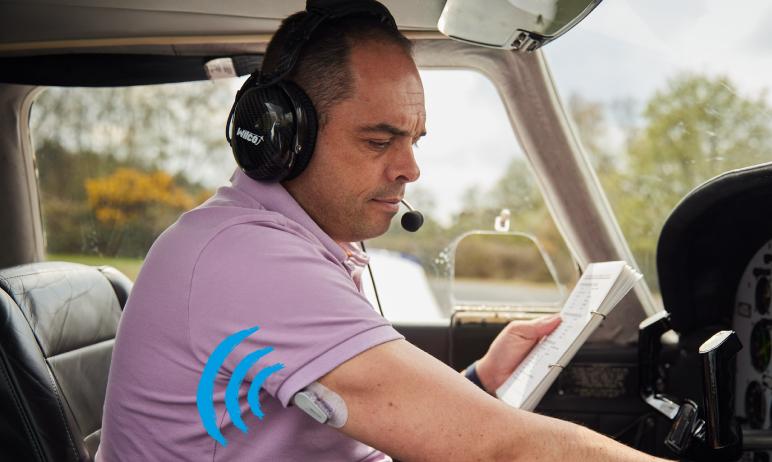
Chris Wilkinson
"I’m now one of only 60 pilots in the country who has type 1 diabetes and holds a Pilot Medical and can still fly as a solo pilot."
Diagnosis
In June 2019 I started to feel ill. I was running to the toilet to wee six times a night and one particular morning I woke up and could not see correctly in my right eye, I had a constant dry throat and I couldn’t quench my thirst. I started to think something was really wrong.
Later that week, my girlfriend and I were walking into town to get the train to London for a day out. It’s a 20 minute walk we’ve done loads of times and we don’t find it strenuous as we do a lot of walking.
We made it into town and I said to my girlfriend I just feel as though I’m going to collapse. My girlfriend does first aid and was concerned the symptoms were consistent with diabetes. So, instead of going to London we walked into a chemist to get a blood sugar testing kit.
My blood sugar levels were 35 mmol/l so we called 111 who said to go to A&E as such a high figure suggested I had diabetes. Within hours they gave me a diagnosis of type 2 diabetes and was put on Metformin. It was such a shock. I was approaching 40 and led a fit and healthy lifestyle, including regular running and bootcamp fitness sessions. How could this be possible?
The next day I phoned my GP surgery to book an appointment to get this followed up.
Over the next couple of months I kept going back to the GP. I couldn’t even get my sugar levels below 15 mmol/l and they just kept upping the dosage of Metformin. Within three months I’d lost 3 stone and was feeling very ill. I begged my GP to refer me to a specialist at the hospital. Something wasn’t right.
In August 2019, I finally got referred to the diabetes clinic in Reading. The consultant ran all of the usual tests and then confirmed I actually had type 1 diabetes, rather than type 2, at the age of 40 with a HbA1c of 103 mmol/mol! If you have diabetes, an ideal HbA1c level is 48 mmol/mol (6.5%) or below.
Control
My heart sank when my consultant told me I had type 1 diabetes. Not because of the thought of managing levels and changing my lifestyle, it was the thought of giving up my hobby and part-time job and the passion I have for aviation as a pilot.
I phoned my Civil Aviation Medical Examiner to tell him that I had been diagnosed with type 1 diabetes and he informed me that my Pilot Medical would be withdrawn straight away. Heart-breaking isn’t the right word to use for something that you love and I have been flying planes since the age of 16, I gained my private pilot license at the age of 17.
A few months passed and COVID-19 came along with lockdowns, so flying for general aviation and commercial airliners had decreased significantly. I know this was awful for the world but at this time of my life it was a blessing not seeing all the different aircrafts above the house in blue skies.
Within six months of diagnosis, I had pretty good control of my sugar levels and also did lots of research into food and decided to reduce my carb intake and eat home cooked food. I managed to get my HbA1c down to 60 mmol/mol.
In the meantime, my girlfriend had done lots of research and found there were a number of pilots that were still flying with medicals who had type 1 diabetes. However, these pilots were commercial airline pilots so there’s always a minimum of two, sometimes four, pilots in the aircraft so they would have no problem getting their medical back as they’re not solo flying, and others are around in case of emergency.
It’s very different with the small aeroplanes (light aircraft) that I fly that have one engine. I am also a flying instructor, so when I’m instructing, I am pilot in command.
I had a very supportive Aviation Medical Doctor who put my case together and I pushed the Civil Aviation Authority to put me forward for the process to get my Pilot Medical back. This involves cardio fitness tests, seeing the Professor of Diabetes from the UK Civil Aviation Authority, providing up-to-date blood results for the last six months, and seeing a Professor of Cardiology who has to check that I am fit enough to complete a cardio fitness test. Unfortunately, none of this can be done under our amazing NHS and so my only option was to go private.
Anything under private healthcare is not cheap, but it was the only option I had to try to get my Pilot Medical back completely unrestricted.
At this point I really think it’s worth pointing out that the UK Civil Aviation Authority is one of the leading aviation authorities in the world. It is supportive of pilots who have type 1 diabetes to keep them flying.
So, eight months after being diagnosed with type 1 diabetes…I did it! I was pleased to be awarded my Pilot Medical back, fully unrestricted, meaning I am free to fly on my own.
Continuous Glucose Monitor
There are a number of procedures I must follow to fly and keep this medical. One is to check my blood sugar levels 30 minutes before I go flying, every hour whilst flying and no more than 30 minutes before I land. However, pricking your finger to check your blood sugar isn’t practical in a small aircraft on your own! So, I now have a CGM. The brand of CGM I need to use is not available on the NHS so it is not a cheap option as I have to pay for this myself, but it produces all the reports in PDF for me to submit to the doctors for my Pilot Medical. Also, with a smart watch I can just look at my sugar levels on my watch when flying. Yes, flash monitoring is great but having to hold my phone up to my arm to check my numbers when I’m teaching someone to fly is just not practical.
My sugar levels for every flight have to be written into my pilot’s logbook and this needs to be submitted to the Civil Aviation Authority every 12 months and I have to send blood results and a number of other results every six months as well. So this is a constant thing I have to keep on top of, both in terms of admin and my health. I aim to keep my sugar levels between 5 mmol/l and 9 mmol/l. Even the Aviation Doctor asks me how I manage to keep myself in such a small range. As mentioned, it’s about reducing my carbs, planning your day and having access to technology such as the CGM. My biggest motivator is knowing that I have to regularly submit medical tests so that I can continue doing a hobby that I absolutely love. I never want to be back in the position where my medical is taken away from me.
I’m now one of only 60 pilots in the country who has type 1 diabetes and holds a Pilot Medical and can still fly as a solo pilot.
Don’t let diabetes run your life, live the life you want. It can take planning, it may take longer than you want to get there, but you can do it and it will be worth it.
